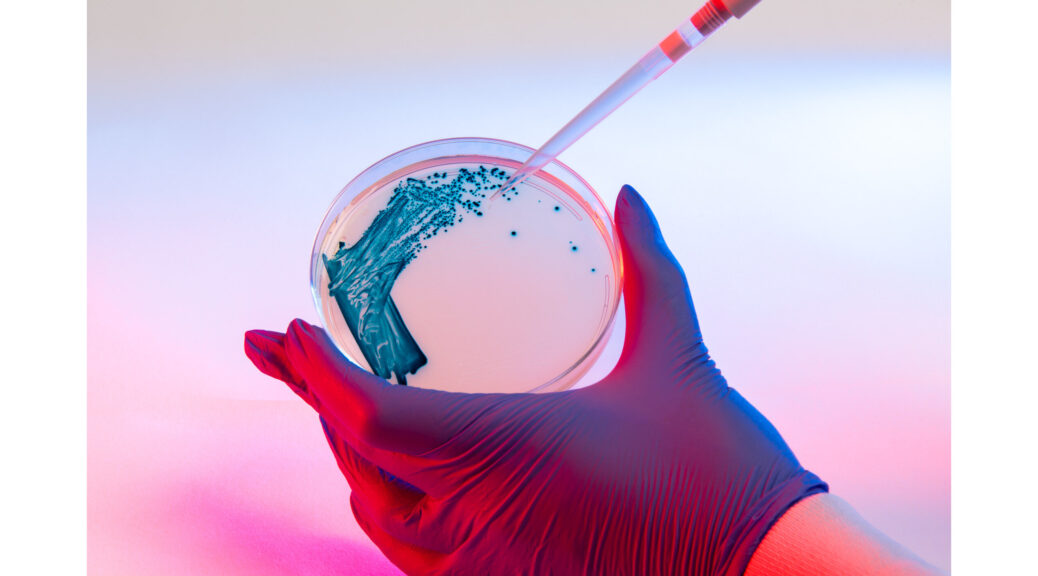Specifically, DARPA seeks to establish the range of chemical and physical signals that microbial devices can detect, environmental conditions they can tolerate and types of output signals that can be generated. To this end, Tellus will focus on developing the methodology to enable the rapid design of agile, robust, reliable and durable microbial sensors for environmental monitoring, the agency said.
“Microbes have the potential to be developed as biological sensors that can collect vital information about the environments they naturally inhabit,” said Chris Vaiana in Draper’s Biotechnology business. “Our goal is to support DARPA in mapping the modular design of microbe-based sensors, develop a standardized design-build-test process analogous to the hardware development processes and determine the environmental conditions in which these sensors operate.”
Current approaches to environmental monitoring rely on distributed sensor networks on the ground, in the water, and on satellites and autonomous systems, such as drones. The goal of DARPA’s Tellus program is to develop a complementary monitoring system composed of microbial devices that can translate detected signals into a variety of physical or chemical output signals that can then be measured by conventional receiver systems, such as photonic, photoelectronic or imaging systems.
One way this solution might look, according to DARPA, is a dashboard or interface where a user will dial in features of their environment, along with the inputs they want to detect, and the output signals that are useful to them, and the system would design a safe, effective microbial device to meet those needs.
Applications vary depending on the configuration. A microbe-based sensing system could be used to detect pesticides, toxins and contaminants in the soil and water. It could also be used to detect harmful agents like heavy metals, organic pollutants, explosives, chemical warfare agents and poison gases.
Draper scientists will develop six unique microbial sense-and-respond devices that will function in a range of environments, according to Kevin Remillard, Draper’s Director for the DARPA Tellus program team. “Monitoring emerging conditions in the environment using microbe-based sensing requires a flexible, multidisciplinary engineering approach. Draper will draw on expertise in areas including synthetic biology and bioinformatics to do just that,” Remillard said.
Draper is fortunate to be partnering with a team of experts from Boston University, MIT, North Carolina State, University of Colorado at Boulder and RTX BBN. Draper’s work on the Tellus program is part of a growing portfolio of capabilities directly supporting national security needs. Some of these capabilities include biothreat detection technologies developed for IARPA’s Finding Engineering-Linked Indicators (FELIX) and DARPA’s Detect It with Gene Editing Technologies (D [IGET) programs.
This contract was a competitive acquisition under broad agency announcement Tellus, HR001123S0027.
Draper
As a nonprofit engineering innovation company, Draper serves the nation’s interests and security needs; advances technologies at the intersection of government, academia and industry; cultivates the next generation of innovators; and solves the most complex challenges. Multidisciplinary teams drawn from a broad and deep talent pool of 1,300 engineers and scientists collaborate to develop first-of-a-kind solutions. Draper’s unbiased approach enables the company to focus on their customers’ needs and to deliver new capabilities to them. Learn more at draper.com.
Media Contact
Dan Dent, Draper, 6172582462, [email protected], https://www.draper.com/
SOURCE Draper


